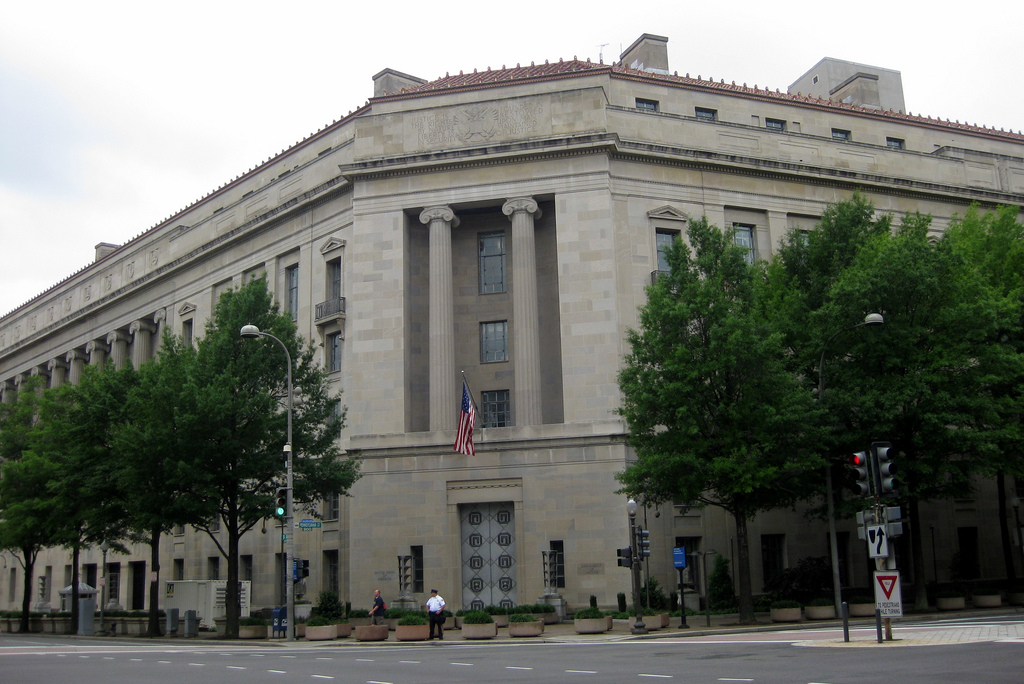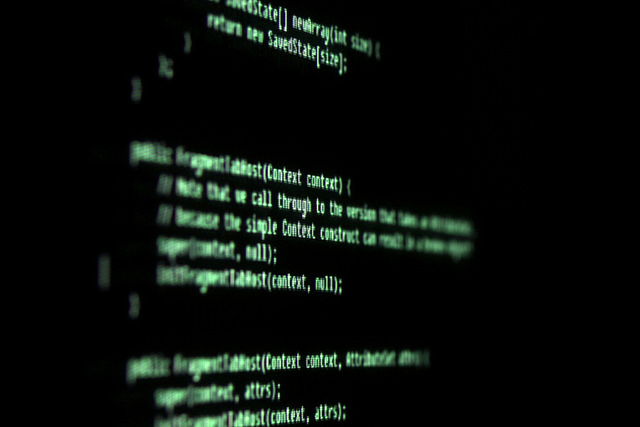On Wednesday, April 29, the US Department of Justice released guidance titled “Best Practices for Victim Response and Reporting of Cyber Incidents.” The guidance outlines steps companies should take before, during, and after an incident, and includes a summary checklist. The guidance also states the Justice Department’s positions on the legal permissibility of a number of monitoring techniques and the impermissibility of many forms of so-called “hacking back.”
[Guidelines are here .]
Source: Department of Justice issues best practices guidance on cyber incidents (WilmerHale, 1 May 2015) via MIRLN (miscellaneous IT related law news)
Photo: Washington DC – Federal Triangle: Robert F. Kennedy Department of Justice Building via Wally Gobetz [Creative Commons Attribution-NonCommercial-NoDerivs]





